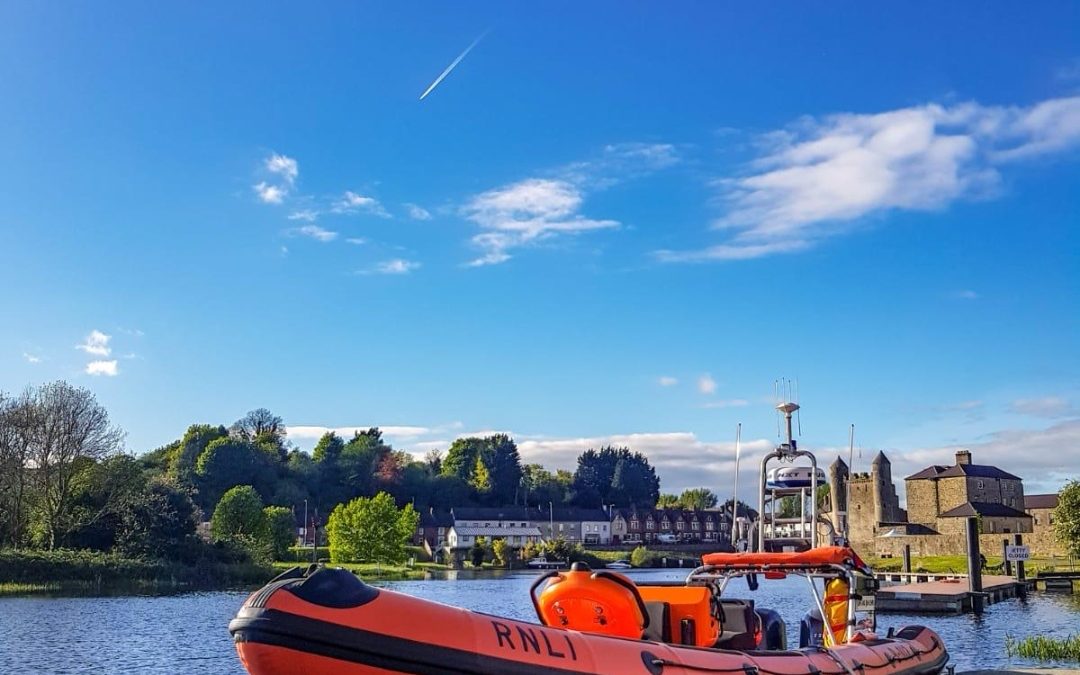With the absolutely amazing weather that we are currently having and are set to have until next week, can I remind everyone of the dangers of cold water shock.
Just because it is hot on land does not necessarily mean it is a great idea to jump into the river, lake or sea to cool down….go in gradually.
What is Cold Water Shock?
The effect on the body of entering water 15°C and below is often underestimated. This shock can be the precursor to drowning.
What’s the risk of cold water shock?
Anything below 15°C is defined as cold water and can seriously affect your breathing and movement, so the risk is significant most of the year.
Average UK and Ireland sea temperatures are just 12°C. Rivers are colder – even in the summer.
What happens?
Cold water shock causes the blood vessels in the skin to close, which increases the resistance of blood flow. Heart rate is also increased. As a result the heart has to work harder and your blood pressure goes up. Cold water shock can therefore cause heart attacks, even in the relatively young and healthy.
The sudden cooling of the skin by cold water also causes an involuntary gasp for breath. Breathing rates can change uncontrollably, sometimes increasing as much as tenfold. All these responses contribute to a feeling of panic, increasing the chance of inhaling water directly into the lungs.
This can all happen very quickly: it only takes half a pint of sea water to enter the lungs for a fully grown man to start drowning. You could die if you don’t get medical care immediately.
How can you minimise the risk of cold water shock?
If you enter the water unexpectedly:
* Take a minute. The initial effects of cold water pass in less than a minute so don’t try to swim straight away.
* Relax and float on your back to catch your breath.
* Try to get hold of something that will help you float.
* Keep calm then call for help or swim for safety if you’re able.
If you’re planning on enjoying the water:
* Check conditions – including water temperature – before heading to the coast.
* Wear a wetsuit of appropriate thickness for the amount of time you plan to spend in the water and the type of activity you’re doing, if entering.
* Wear a flotation device. It greatly increases your chances of making it through the initial shock. See the RNLI’S guidance on lifejackets and buoyancy aids
Our seas and rivers are cold enough to leave you helpless in seconds.
TREAT WATER WITH RESPECT, not everyone can be saved.
Photo credit: Stevie Ingram, Enniskillen RNLI

